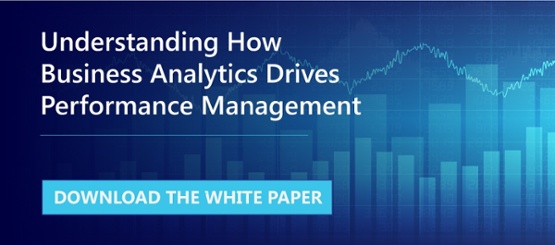If you have not yet read the first part, do so! We discuss those examples further in this blog.
Moving forward, this article will focus on the four foundational capabilities today’s businesses need in order to make smarter tactical, strategic or operational decisions at the enterprise level.
Value-Added Cost and Profitability Modeling
The examples in our previous blog highlight the limitations of the traditional approach to cost and profitability modeling; an approach based on either Allocation/Activity Based or Standard Costing techniques. Both of these methodologies are based on developing cost models that are relatively separate from the business. In that sense, they ignore several critical components, which are, in fact, foundational to properly reflecting the cost and profitability impact of decisions at hand.
Creating a true, value-added contributor to an organization’s success from a source of misguided numbers requires that cost and profitability are intimately tied into the business. This also requires that values dynamically adjust, based on potential decisions. Below are the key foundational capabilities that today's organizations need in order to find true optimization in their enterprise decision-making:
- Costs are dynamic and they must be tied to the decision at hand.
In addition to changes in input prices, unit costs will almost always vary when volume, product/service mix and the context change. As we saw in the Consumer Products example in our previous blog, assuming a constant unit cost for delivering products under a higher volume, as well as a different product mix, was a crucial error that eroded the ROI of the example initiative. - Fixed and variable costs are not always so, and are dependent on the type of decision to be taken.
A tactical decision might treat certain costs as fixed, while a strategic decision will most likely treat the same cost as variable. Furthermore, fixed costs may change over time. The key is to define how costs are incurred by the business.
In the Healthcare example mentioned in the first blog, the team assumed the ward costs were fixed. However, not only were they variable, but their decision also turned the ICU into a variable cost, as they had to add more personnel to take care of the overflow patients. - Revenue is not just average price times the number of units. More granularity is needed to reflect the impact of potential decisions.
In the Asset Intensive example from the first part of this series, the team used average profit-per-unit as a key input in selecting the optimal capex portfolio. Ignoring the impact of declining marginal prices-per-unit meant the difference between a high NPV portfolio and a below-average return cost of capital. - Reflecting a realistic forward scenario that makes the best use of resources to optimize the desired outcome is critical.
Even if all the above capabilities are considered, each decision scenario includes thousands of assumptions and must reflect what the business would actually do in a given situation. Employees are smart and they will always do the best they can to achieve the organization’s objectives - decision models must reflect this.
For example, in the Asset Intensive analysis from Part 1, it wouldn’t be correct to assume that, after investing in a portfolio of capex projects, that all sourcing and capacity planning decisions would remain constant. Optimization provides the ability to quickly define the “best case” set of assumptions for each scenario – in each case, those assumptions that would maximize profit or NPV.
Wanna Be a Hero?
How do you know there is an opportunity? Next time you face any important business decision, whether tactical, strategic or operational, consider asking some of the following questions:
- How are costs modeled for this decision? Are you using “average unit costs” as an input?
- Does your model represent how costs are incurred in reality? Are all fixed and variable costs properly defined?
- Is revenue defined with sufficient granularity? Are you assuming an “average unit profitability?" Are there important nuances on the margin, such as discounts, trade campaigns or contractual obligations?
- What are we assuming the business would actually do if we took the decision? What explicit objectives are we trying to achieve (i.e. maximize profit, maximize NPV and minimize cost)?
- What software is the team using for the model? Does it have optimization (i.e. linear programming) embedded?
Don’t take superficial answers - dig deep and figure out as much detail as you can. Sooner or later, you will find an opportunity to save your organization from a heap of trouble. When you do, the team at River Logic looks forward to hearing your profitability modeling and optimization success story!
Recommended Reading
For more information on dynamic costing, enterprise planning and optimization, download the Gartner Market Guide for Optimization Solutions (Lisa Kart, May 2015), or our whitepaper, "Enterprise Optimization" (Gary Cokins, Anton Van Der Merwe, February 2014).







